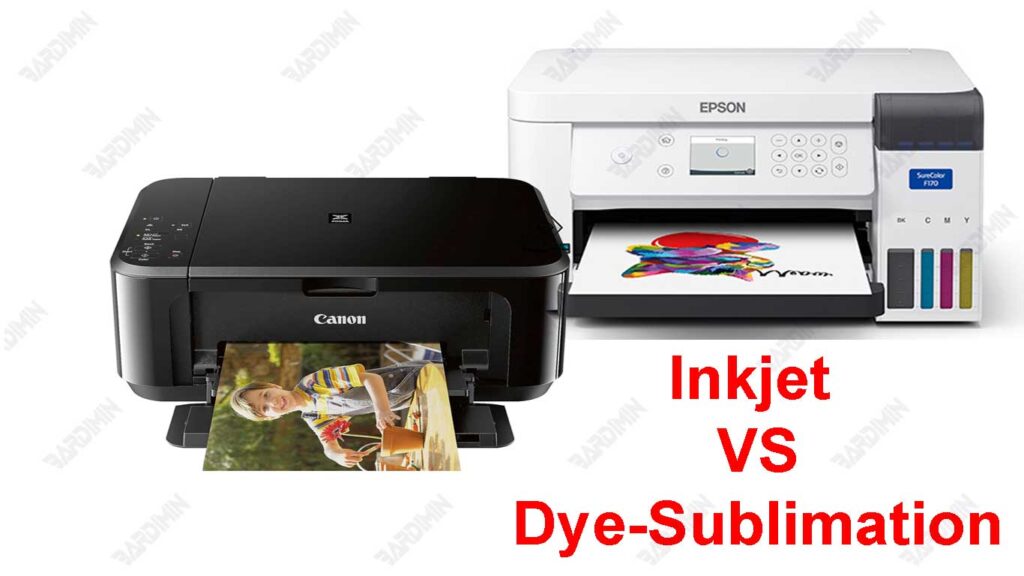Printing photos at home is increasingly in demand in today’s digital age because it is easy, flexible, and more affordable than professional printing services. With the advancement of technology, anyone can create high-quality prints without needing a photo studio or outside print service.
Not just for personal use, many photographers, both amateur and professional, are starting to use home photo printers to print their work faster and more efficiently. Printing at home also provides greater control over the quality of the color, size, and type of paper used so that the print results can be adjusted to each person’s wishes.
However, with so many printer options available, choosing the right device can be challenging. Some printers are designed to produce high-quality photos, while others are better suited for everyday use, such as printing simple documents and images. In addition, the cost of ink or consumables is also important to consider when choosing the right printer for the long term.
In general, there are two main technologies in home photo printers: Inkjet and Dye-Sublimation (Dye-Sub). Each has its advantages and disadvantages in terms of print quality, speed, and operational cost efficiency. Bardimin will discuss these two types of printers in detail, compare their features and performance, and provide guidance on choosing the photo printer that best suits your needs.

What is an Inkjet Printer?
Inkjet printers are one of the most widely used types of printers for printing photos and documents at home. This technology allows users to print high-quality images at a fairly affordable cost. The way an Inkjet printer works is by spraying small droplets of ink directly onto the paper through a very small nozzle.
Many well-known brands such as Epson, Canon, HP, and Lexmark manufacture these printers, each with different printing technologies to produce the best prints. With its ability to print color images with vivid details, Inkjet printers are the top choice for many people, both for personal and professional purposes.
How Inkjet Printers Work
Inkjet Printer Technology is designed to produce high-quality prints by spraying ink with precision. Here is a general explanation of how Inkjet printers work:
Print Mechanism
The printer is equipped with a print head that moves back and forth on the paper while printing.
Inside the print head is a small nozzle that sprays liquid ink in the form of very small droplets.
These ink droplets are arranged very precisely to create images or text that look clear and sharp.
Ink Spraying Technology
There are two main systems in Inkjet printers:
1. Thermal Inkjet (Canon, HP, Lexmark)
Thermal Inkjet technology is a method used by several well-known inkjet printer brands such as Canon, HP, and Lexmark. In this system, the printer has a small heater located close to the nozzle to heat the ink until it boils.
This heating creates ink bubbles that then “explode” and push ink droplets out of the nozzle onto the paper. Since this thermal method relies on heat, the ink used must be specially designed so that it does not dry out or clog the nozzles, thus keeping the printer‘s performance at its best. This technology is also known as BubbleJet on Canon printers.
2. Piezoelectric Inkjet (Epson)
The Piezoelectric Inkjet technology developed by Epson has a unique way of regulating ink flow. Unlike methods that use heat, this technology utilizes vibrations from piezoelectric crystals. These vibrations create pressure that pushes the ink out of the nozzle.
One of the advantages of this technology is its ability to spray ink with varying and more precise droplet sizes, thus providing better control in the printing process.
In addition, because it does not require heat, piezoelectric technology can use a variety of inks, including pigment-based inks that are more durable and stable than dye-based inks. This results in a higher quality and durable print.

